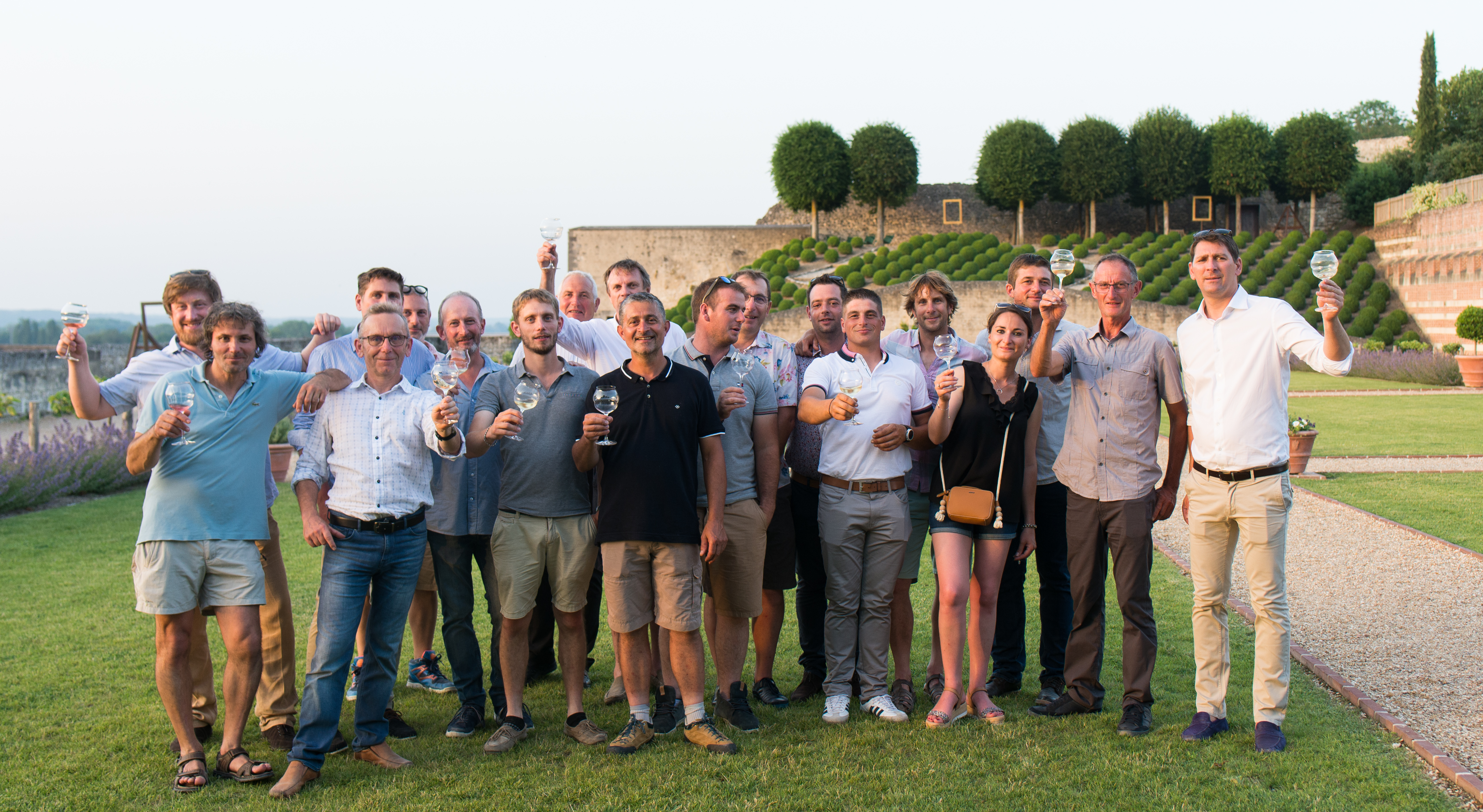
Touraine Amboise
Just upstream from the confluence with the Cher River, the Loire forms a wide valley to the east of Tours, 2 to 3 kilometers wide, fairly straight. The vineyard extends on both banks, but more extensively on the right bank, north of the river. There are no vineyards in the alluvial plain, but it occupies the slopes and plateaus on both sides of the Loire Valley, as well as the slopes of the valleys and tributaries. A noticeable asymmetry can be seen between the two banks, with the left bank having very steep slopes and the right bank being gentler. The altitude of the vineyard ranges from 60 meters in the valley to 100 meters (90 to 110) on the plateaus. The exposures vary greatly but are predominantly to the south, and the slopes vary widely, from almost flat to very steep along the edges of the valleys.
Terroir and Climate
The nature of the soils is strongly influenced by the composition of the surface formations that cover the limestone deposits of chalk and tuffeau. This results in a diverse soil composition, primarily characterized by differences in clay content in the overall context of loamy soils. However, these soils exhibit localized variations due to the accumulation of clay-rich material resulting from water erosion at the base of the vine rows. Soil types range from loamy soils rich in stones (flint, chailles, gravel) to coarser sandy soils, primarily located on the plateau edges, which are particularly favorable for vine cultivation, known as "perruches." The slopes have relatively thin and moderately carbonate-rich soils, with occasional accumulations in concave-shaped morphological areas.
Located 240 kilometers from the Atlantic Ocean, the vineyard benefits from a "temperate oceanic" climate. Annual precipitation averages 659 mm, and the average annual temperature is 11.5°C. The oceanic influence decreases as one moves away from the area under the protected designation of origin (AOP), giving way to a more pronounced continental influence and higher temperatures. Relief also has a local impact on the climate, especially in the Loire Valley, where precipitation is slightly less abundant, and temperatures are somewhat higher than on the wetter and cooler plateaus.
